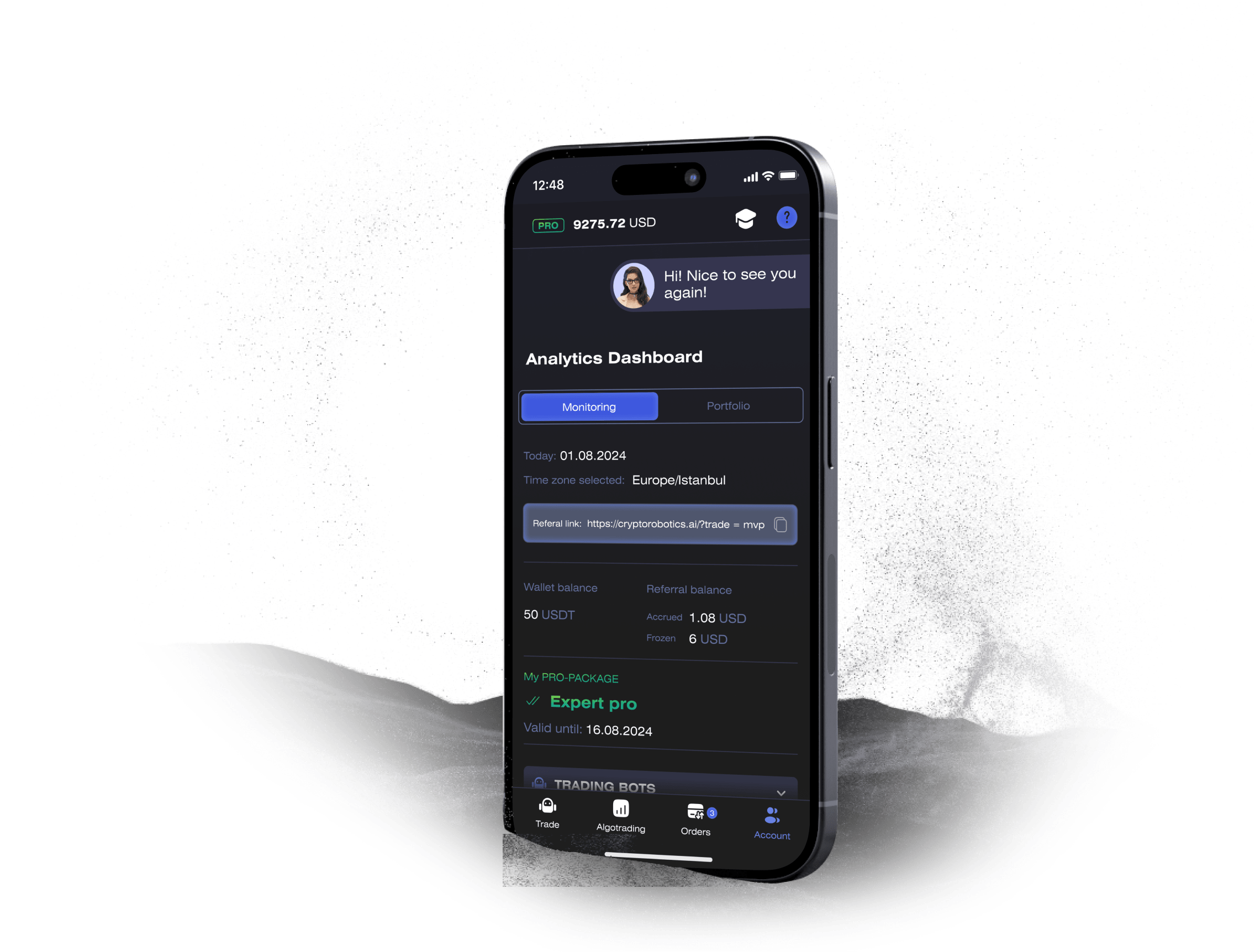Published: January 24, 2025 at 9:05 pm
Updated on January 24, 2025 at 9:05 pm
We use cookies to help you navigate efficiently and perform certain functions. You will find detailed information about all cookies under each consent category below.
The cookies that are categorized as "Necessary" are stored on your browser as they are essential for enabling the basic functionalities of the site. ...
Necessary cookies are required to enable the basic features of this site, such as providing secure log-in or adjusting your consent preferences. These cookies do not store any personally identifiable data.
Functional cookies help perform certain functionalities like sharing the content of the website on social media platforms, collecting feedback, and other third-party features.
Analytical cookies are used to understand how visitors interact with the website. These cookies help provide information on metrics such as the number of visitors, bounce rate, traffic source, etc.
Performance cookies are used to understand and analyze the key performance indexes of the website which helps in delivering a better user experience for the visitors.
Advertisement cookies are used to provide visitors with customized advertisements based on the pages you visited previously and to analyze the effectiveness of the ad campaigns.


THORChain’s recent liquidity crisis is a harsh reminder of the infamous Terra Luna collapse back in 2022. With a staggering $200 million debt crisis, this decentralized cross-chain liquidity protocol is facing challenges primarily due to its native token, RUNE. The ongoing situation has affected BTC and ETH withdrawals and prompted a restructuring plan to stabilize the platform.
THORChain has been forced to pause its operations amid a massive debt crisis nearing $200 million, drawing comparisons to the 2022 collapse of Terra Luna. Sunny Aggarwal, Co-Founder of Osmosis, a decentralized exchange in the Cosmos ecosystem, noted the striking similarity.
“The situation unfolding with THORChain is eerily similar to what happened with Terra Luna’s implosion in 2022, where the protocol’s solvency was too heavily dependent on the price performance of the native token”, Aggarwal shared.
THORChain’s design is essentially a long position on RUNE, meaning its financial health is tied to RUNE’s performance against Bitcoin (BTC) and Ethereum (ETH). Unfortunately, the performance hasn’t been ideal, resulting in a liquidity crunch.
Currently, the protocol is dealing with $97 million in borrowing liabilities and $102 million in depositor and synthetic asset liabilities, putting it on the edge of bankruptcy. As a result, THORChain has paused its lending and savings programs, especially impacting BTC and ETH withdrawals. This is part of a 90-day restructuring initiative aimed at stabilizing the protocol.
This situation is reminiscent of the Terra Luna collapse. Back in May 2022, the Terra ecosystem, once the third-largest in the crypto space, collapsed in just three days, erasing $50 billion in value.
Aggarwal remarked, “It’s uncertain whether lenders can be fully compensated. Some have suggested that the shortfall could be covered by protocol fees collected over time. But this overlooks an important point: the bulk of THORChain’s liquidity comes from its lending and savers platform, ThorFi. So it doesn’t make sense to consider THORChain and ThorFi as separate entities.”
As THORChain tries to navigate these troubled waters, it’s clear that protocols relying heavily on their native token’s value are walking a tightrope.
The reliance on native tokens brings a mix of benefits and risks in the crypto trading markets. While they can offer reduced trading fees and staking opportunities, their value is often closely tied to the reputation of their parent platforms.
For THORChain, this dependency on RUNE has been precarious. Its solvency hinges on RUNE’s performance, making it susceptible to market fluctuations. Other crypto trading platforms like Binance face similar issues with their native tokens.
The Terra Luna fallout serves as a stark warning about the perils of over-reliance on native tokens. The poorly designed UST, dependent on LUNA’s value, ultimately crashed down, signaling the need for better collateralization mechanisms and stable coin designs to avoid future collapses.
The suspension of BTC and ETH withdrawals has understandably raised alarms. THORChain’s halt of these withdrawals is part of its restructuring process, but it raises doubts about its ability to fulfill user obligations.
These withdrawal issues echo the Terra Luna crisis, where liquidity vanished, leading to withdrawal problems. The importance of sufficient liquidity to meet user demands and prevent panic selling cannot be overstated.
Liquidity remains essential in the cryptocurrency exchange market for maintaining user trust and market stability. Exchanges must be prepared to meet withdrawal requests, especially amid volatility. Risk management tools like stop-loss orders and circuit breakers can help mitigate these threats.
THORChain’s 90-day restructuring plan aims to stabilize the system. This plan involves suspending lending and savings programs, particularly affecting BTC and ETH withdrawals.
The plan may also explore strategies to enhance liquidity and lessen reliance on RUNE. THORChain’s future depends on creating a more sustainable protocol capable of withstanding market changes.
The focus must be on effective risk management and sustainable design to avert similar crises. This will include diversifying collateral assets and implementing robust risk management tools. By learning from past mistakes, THORChain can aim for a safer cryptocurrency exchange platform.
The THORChain liquidity crisis showcases the risks of depending too heavily on a native token’s value. The parallels to the Terra Luna collapse highlight the need for effective risk management and sustainable design in the cryptocurrency exchange market.
To protect cryptocurrency investment platforms, it’s essential to maintain liquidity, diversify collateral assets, and implement effective risk management strategies. By learning from past failures, cryptocurrency exchanges can build safer platforms for users.
Access the full functionality of CryptoRobotics by downloading the trading app. This app allows you to manage and adjust your best directly from your smartphone or tablet.

News
See more



Blog
See more